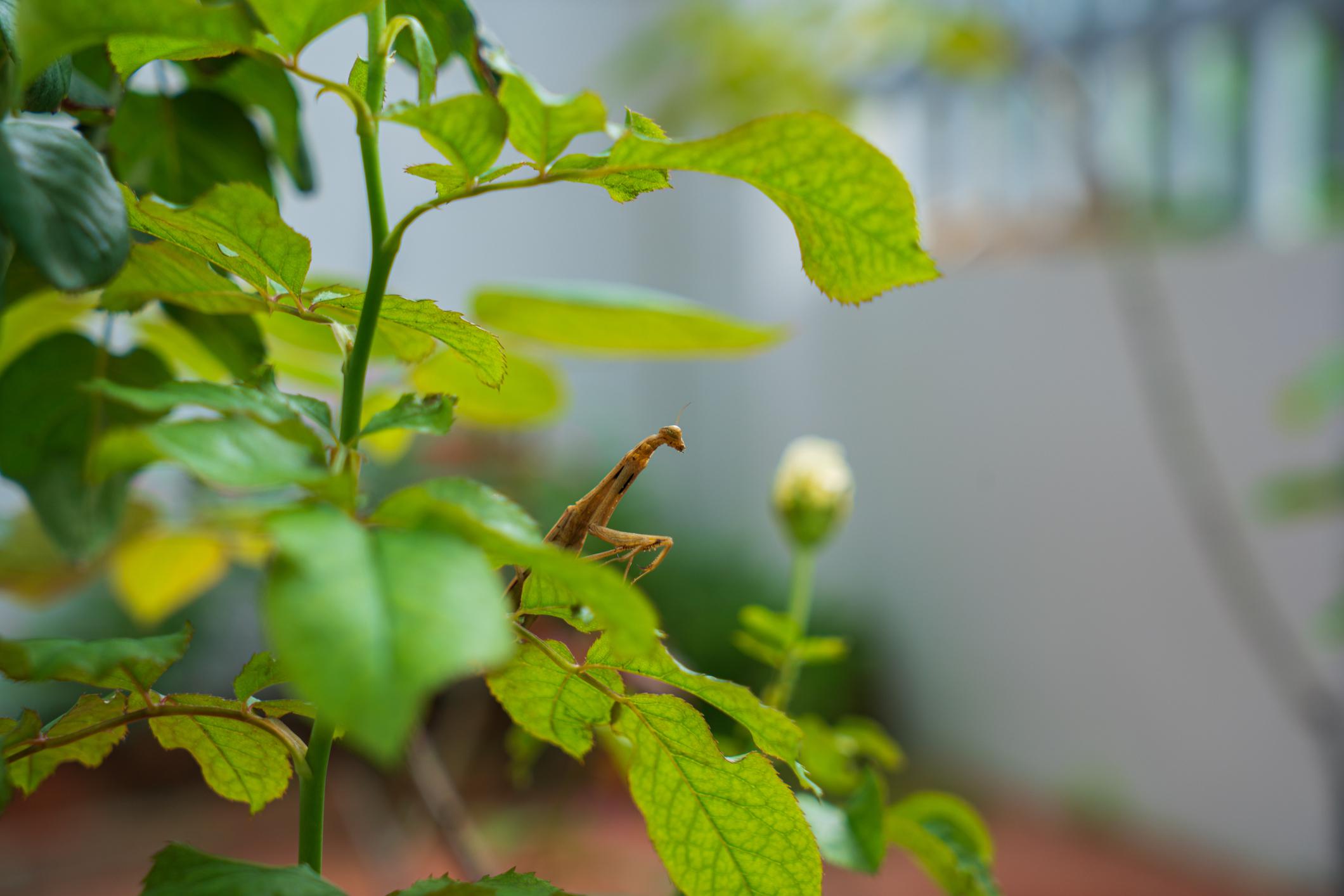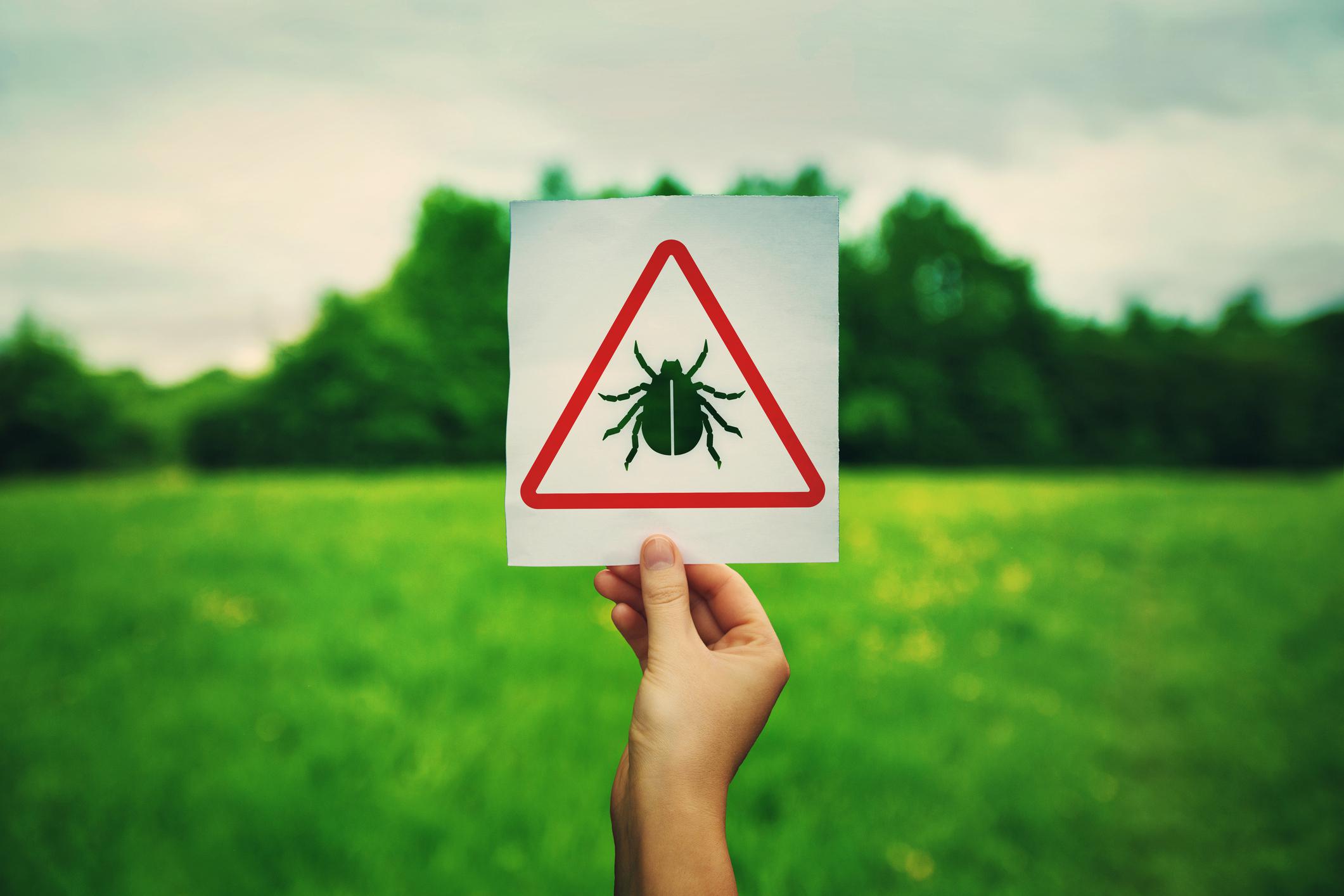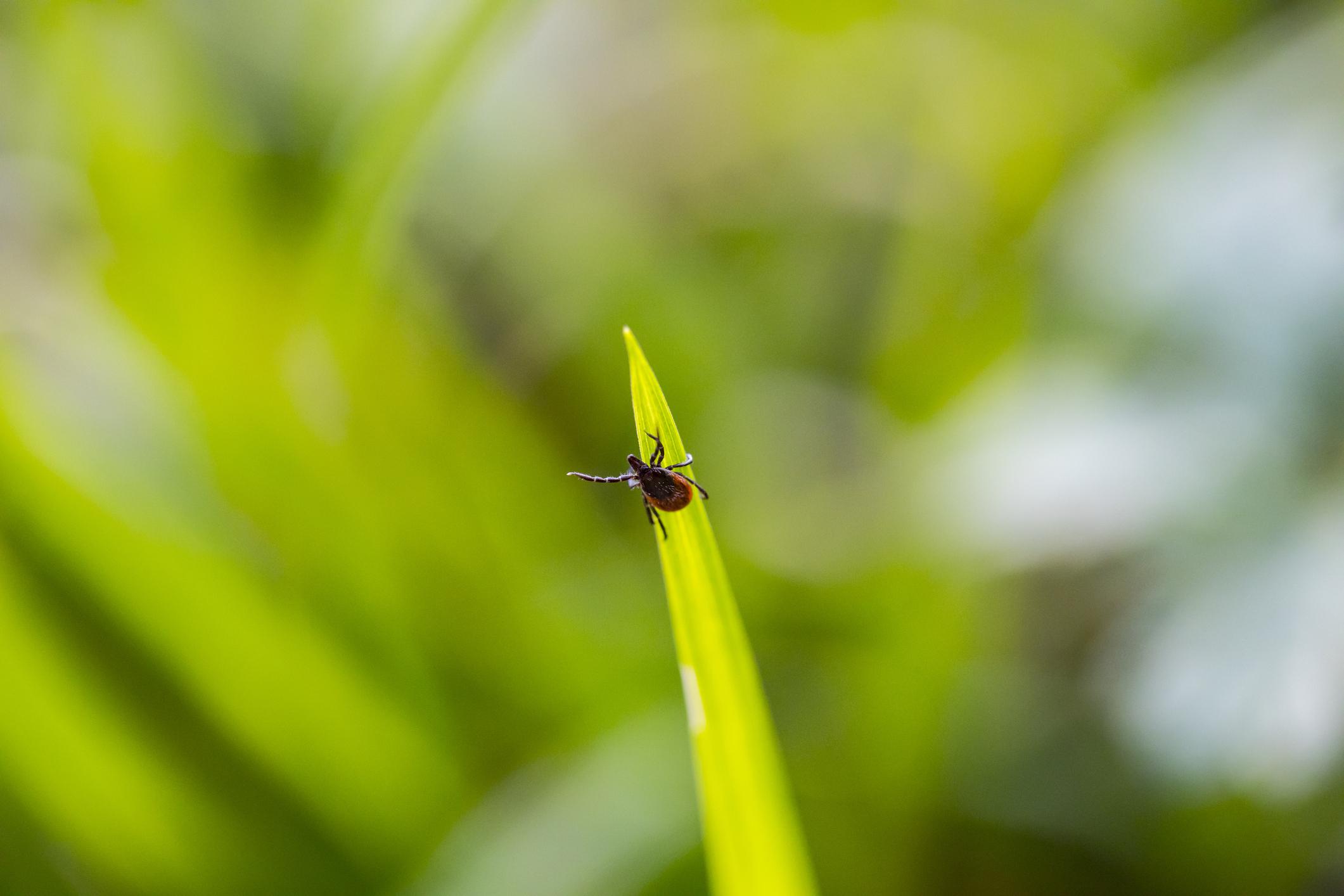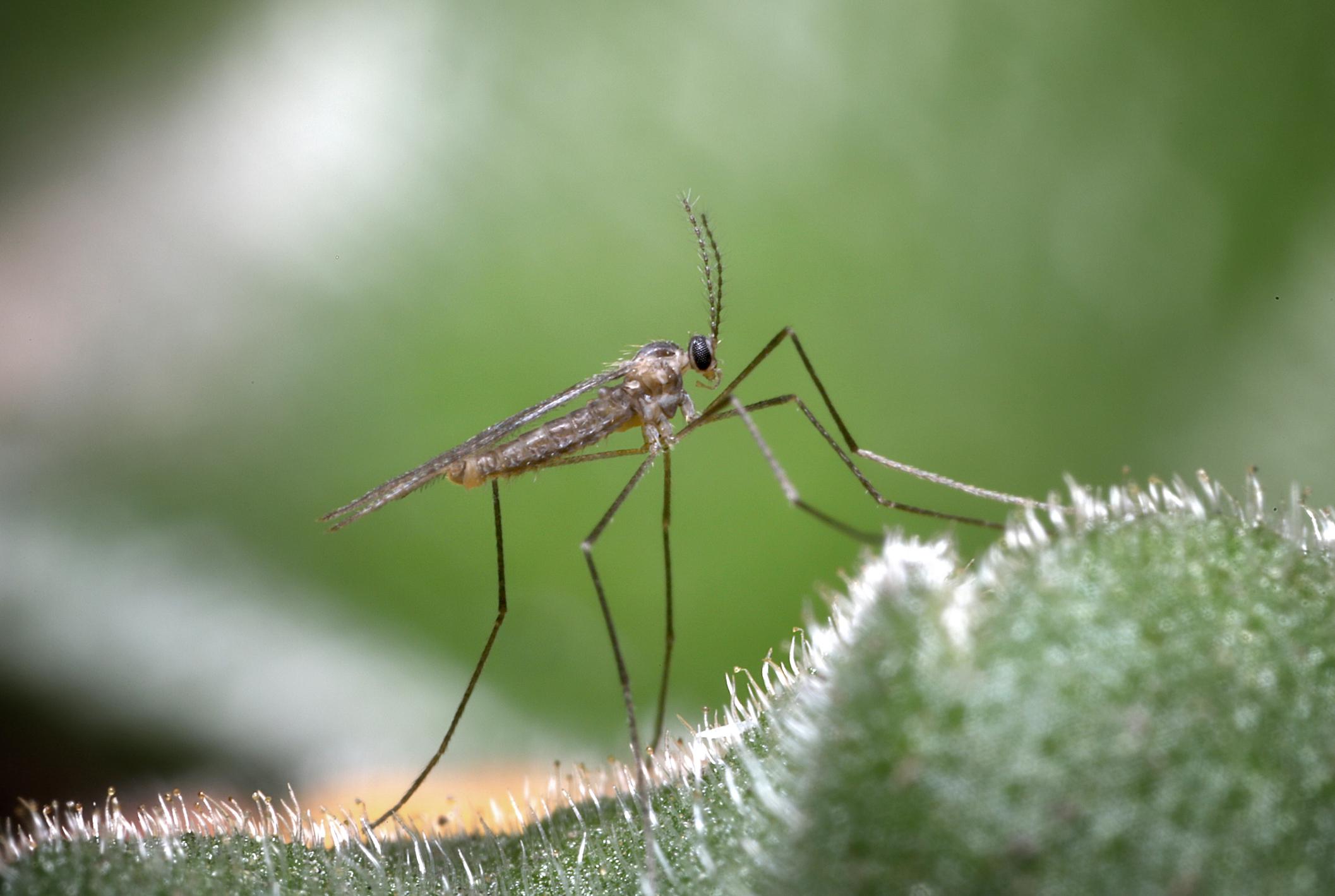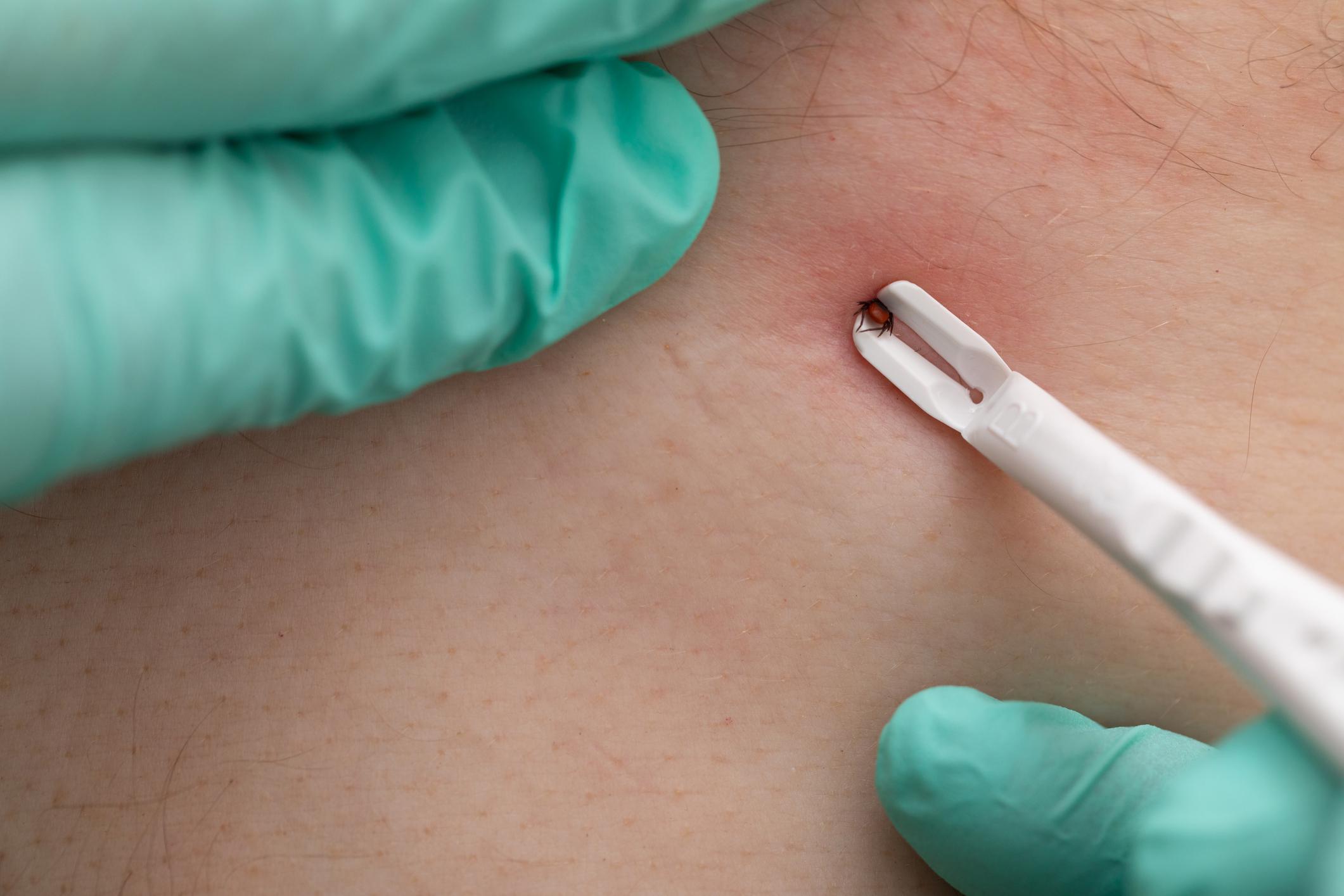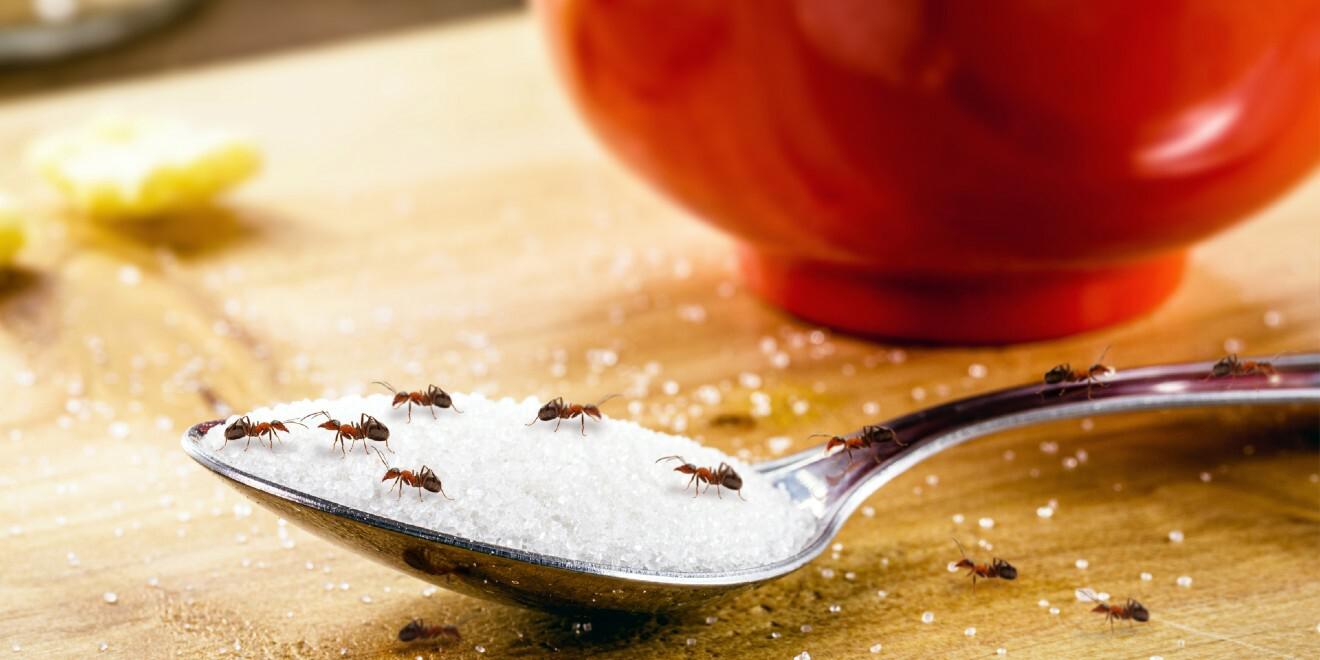Unraveling the Complexities of Chronic Lyme Disease
Posted by Mosquito Squad
December 20, 2023

Chronic Lyme disease, scientifically known as Post-Treatment Lyme Disease Syndrome (PTLDS), remains a significant health concern with far-reaching implications. Just as there has been a surge in tick-borne Babesiosis cases in New England, the persistence and complexity of chronic Lyme disease continue to puzzle researchers and patients alike. Recent developments show how the National Institutes of Health (NIH) is stepping up to advance our understanding of this condition.
Exploring the Depths of Chronic Lyme Disease
Chronic Lyme disease, or PTLDS, stems from the Borrelia burgdorferi bacteria, transmitted through tick bites. While most Lyme disease cases can be treated successfully with antibiotics, some patients experience lingering symptoms, including fatigue, joint pain, and cognitive difficulties, even after conventional Lyme disease treatment. This persistent state of illness has fueled extensive debate and raised the need for further research to comprehend its underlying mechanisms.
NIH's Dedication to Unveiling the Enigma
Recognizing the urgent need for insights into chronic Lyme disease, NIH has committed resources to fund research into Post-Treatment Lyme Disease Syndrome. The aim is to unravel the enigma behind the lingering symptoms and potential avenues for treatment. This initiative acknowledges the physical, emotional, and social impact that chronic Lyme disease imposes on patients and their families.
Post-Treatment Lyme Disease
The term "post-treatment Lyme disease" acknowledges the condition's complex nature and its challenges. Traditional medical treatments have provided relief for many, but the road to recovery seems elusive for others. Research funded by NIH seeks to address the gaps in our understanding of the mechanisms that contribute to the persistence of symptoms, with the ultimate goal of improving patient outcomes. The National Institute of Allergy and Infectious Diseases (NIAID), part of the NIH, has funded a grant of approximately $3.2 million in first-year funding to support work on possible causes of PTLDS symptoms for five years. The recipients are Virginia Tech, Blacksburg, Massachusetts Institute of Technology, Cambridge, Tufts University, Boston, Johns Hopkins University, Baltimore, and Arizona State University, Tempe.
Empowering Preventative Measures and Awareness in Lyme-Endemic Regions
For individuals living in Lyme-endemic areas, like Southeastern Massachusetts, the news of NIH's research initiative offers a glimmer of hope. As we continue to learn more about chronic Lyme disease, it's crucial to stay informed and take preventive measures against tick bites. Partnering with a reliable tick control company, such as Mosquito Squad of Southeastern Massachusetts, can provide added protection for your property.
Avoiding Tick Bites is the Best Method for Reducing Lyme Disease Risk
Chronic Lyme disease remains a challenging puzzle, affecting countless lives. If you're interested in exploring tick control options for your property, contact us today. Our team at Mosquito Squad of Southeastern Massachusetts is dedicated to keeping our community informed and providing treatments to reduce the risks of tick-borne illnesses. Contact us today at (774) 234-4611 to discover how we can help you enjoy your outdoor spaces with confidence.

